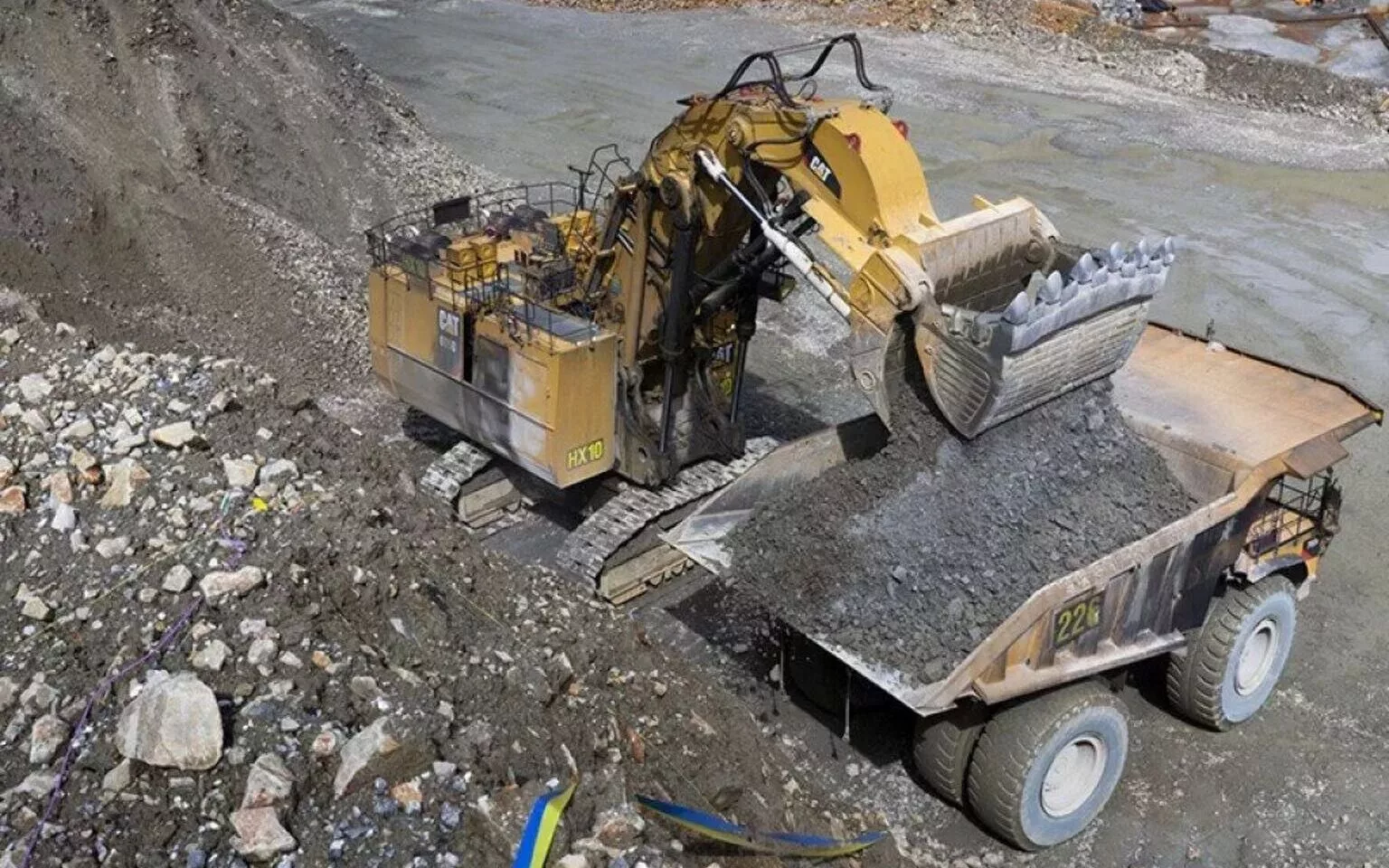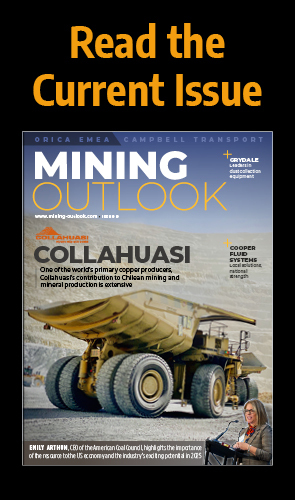OK TEDI DEVELOPMENT FOUNDATION (OTDF)
The Ok Tedi Development Foundation (OTDF) is a subsidiary of OTML and is a non-profit, legal entity established to manage the development benefits and delivery of projects to the 157 villages in the Community Mine Continuation Agreement (CMCA) area of the Western Province and with consideration for the people of the Telefomin District in the Sanduan Province. Its vision: “To improve self-sustainability and quality of life of Western Province communities.”
Havini Vira has been the CEO of the OTDF since April 2020. Vira is now in his second stint with the company, having served as Fisheries Biologist and Team Leader of Rural Development from 2004 to 2010. While in this position, he managed a team of six, was responsible for agriculture, fisheries and forestry research and development work for the benefit of mine affected communities in the CMCA regions around the mine and Fly River.
“I became involved in the mining industry through my work in developing livelihood and food security options for mine affected communities,” he says. “The challenge to create sustainable livelihood options and changing the mindset of these communities beyond mine-life is the key driver for me.”
Today, he leads operations at OTDF and is responsible for ensuring the company remains focused on achieving its mission to improve self-sustainability and quality of life for Western Province communities. In addition, Vira is also tasked with ensuring its key partners and stakeholders are informed of its plans and progress with the key stakeholders being its communities.
Having rejoined the organisation and now in his second spell, Vira believes that the mindset has changed. “People have come to realise that the mine isn’t a forever thing and it will be gone one day,” he notes. “It is a lot easier now than it was in the early days to try and get people to farm and look after themselves. The mindset has changed, and this is because of the effort that OTDF has done in the community. It’s a slow process but we’re getting there.”
For Vira, he believes that this is an exciting time to be in mining within Papua New Guinea. “There are some major projects coming up with their own unique challenges,” he says. “One thing common throughout is the community consultation and aspiration factor. The need to balance this with the mining returns and environmental impact is even more critical here where land ownership is woven into the very fabric of our society.”
OTDF is a 100 percent subsidiary of Ok Tedi and is focused on improving the lives of the PNG community. While OTDF is forever linked to its parent firm, Vira explains that his organisation still runs independently. “We have our own board and management, but we do have an unbreakable umbilical cord with Ok Tedi so are tied to them,” he says. “We are given license to operate outside of Ok Tedi because we are far more accessible to the community.”
OTDF’s work in the Western Province
The Western Province is the largest province in PNG and covers 20 percent of PNG’s land mass at 97,300 square kilometres, but the population is only 201,351 (2011 Census). This is because of a traditional ‘hunter and gatherer’ lifestyle across an undulating and dense tropical landscape.
The lifeline of Western Province is the Fly River as the majority of its residents live along or near its banks and tributaries. The river runs across 650 miles long and goes through the province from north to south where it ends at the Gulf of Papua through a mouth which equates to over 90 kilometres wide. The river also defines various districts within the Western Province, which is dependent upon the proximity to and along the Fly River.
The Fly River is the primary route for mining suppliers and distribution of government services via a growing fleet of private and commercial vessels.
North Fly District
Located in the upper reaches and most remote district within the Western Province as a result of its mountainous ranges and valleys, with the North Fly District the smallest of three districts.
North Fly District’s population is around 62,850 people (2011 Census) and is overseen by the Local-Level Government areas of Kiunga Rural, Kiunga Urban, Ningerum Rural, Olsobip Rural and Star Mountains Rural, as well as the townships of Kiunga, Tabubil, Olsobip and Nigerum.
Middle Fly District
The region is characterised by wide flood plains, and a number of tributaries and swamps. The upper stream sections have vegetation such as rainforest, swamp forest and sago while the lower reaches of Middle Fly District are primarily flood plains where extensive areas of swamp grasses grow. Population sits at around 79,349 (2011 Census) and includes the local-level government area of Balimo Urban, Bamu Rural, Gogodala and Nomad. The Middle Fly District is also home to the largest lake in the country, Lake Murray.
South Fly District
Located at the bottom of the Fly River and across the Gulf of Papua, including the Fly River delta, the South Fly District is mostly impacted by tidal flows, which supports comprehensive mangroves along the mainland and delta islands at the mouth of the river. The district consists of 31,864 kilometres with population at around 46,407 (2011 Census). The South Fly District includes the Provincial capital of Daru and is governed by four local-level government areas of Daru Urban, Kiwai Rural, Morehead Rural and Oriomo-Bituri Rural.
Under the CMCA arrangement, OTDF manages 158 villages that are allocated development funds while village planning committees nominate community projects. “These nominations are reviewed and approved by regional trust boards who meet a minimum of twice a year,” says Vira. “The same process is mirrored with the women’s 10 percent compensation component with regional women’s associations making the decisions. OTDF manages and facilitates the process and procures/delivers all approved projects to the villages.
“There are very few development organisations in this part of PNG,” he adds. “The logistical challenges alone are a constraint to many who are willing to come. The provincial government is stretched with resources given that this is the province with the largest land mass and the lowest density – communities are widely spread. OTDF is able to provide support to communities along the Fly River and also assist government/development partners through our field bases and logistical backbone. Collaboration is therefore key for communities to access services, OTDF is able to support that.”
Vira points to two particularly influential initiatives that have stood out for him over the past few years. “For me, there are two that stand out,” he explains. “One has been the increase in security. In our communities here in Western Province, there have been many ‘hunters and gatherers’ traditionally in the past. It is only in recent times that people have settled down. The concept of farming is quite new and has taken many years with OTDF’s continued support to change people’s mindsets to be more stable and focused on the future. This concept is now starting to gain some traction and for me has been a major positive because it has made our lives easier.”
“The second thing is the long-term investments. In 2012, we made a decision to invest in long-term funds because they were sitting in the bank earning two percent and now, they’re earning a minimum of eight percent return on investment. It’s been really successful, and it is also important for the community because after Ok Tedi goes, they will have funding available for the future.”
Looking to the next few years, OTDF has outlined a clear vision for the future. The organisation is currently building capacity and empowering its CMCA communities and associated entities in order to operate independently beyond mine life. “Currently, OTDF programmes will be transferred to provincial stakeholders/partners as communities become sustainable,” notes Vira. “By 2025, OTDF will essentially be managing the trust and corporate functions – particularly facilitating development funds expenditure from current long-term investments.
“WestAgro is expected to support income generation at the household level. This will be a sustainable venture that is agribusiness focused using the nucleus estate model. We are starting with vanilla in the North Fly in 2021. IAI is the implementing/managing partner who will also be responsible for extension and support services to smallholders. The provincial government has invested in this venture with our local communities through various entities also putting money into the business. After 2022, Middle Fly and Suki will have cocoa rolling out. SDP has also commenced work in the South Fly with IAI. Sustainable agribusiness underpinned by nucleus estates, extension services and a strong smallholder programme is expected to become the economic driver in Western Province after Ok Tedi.”




























